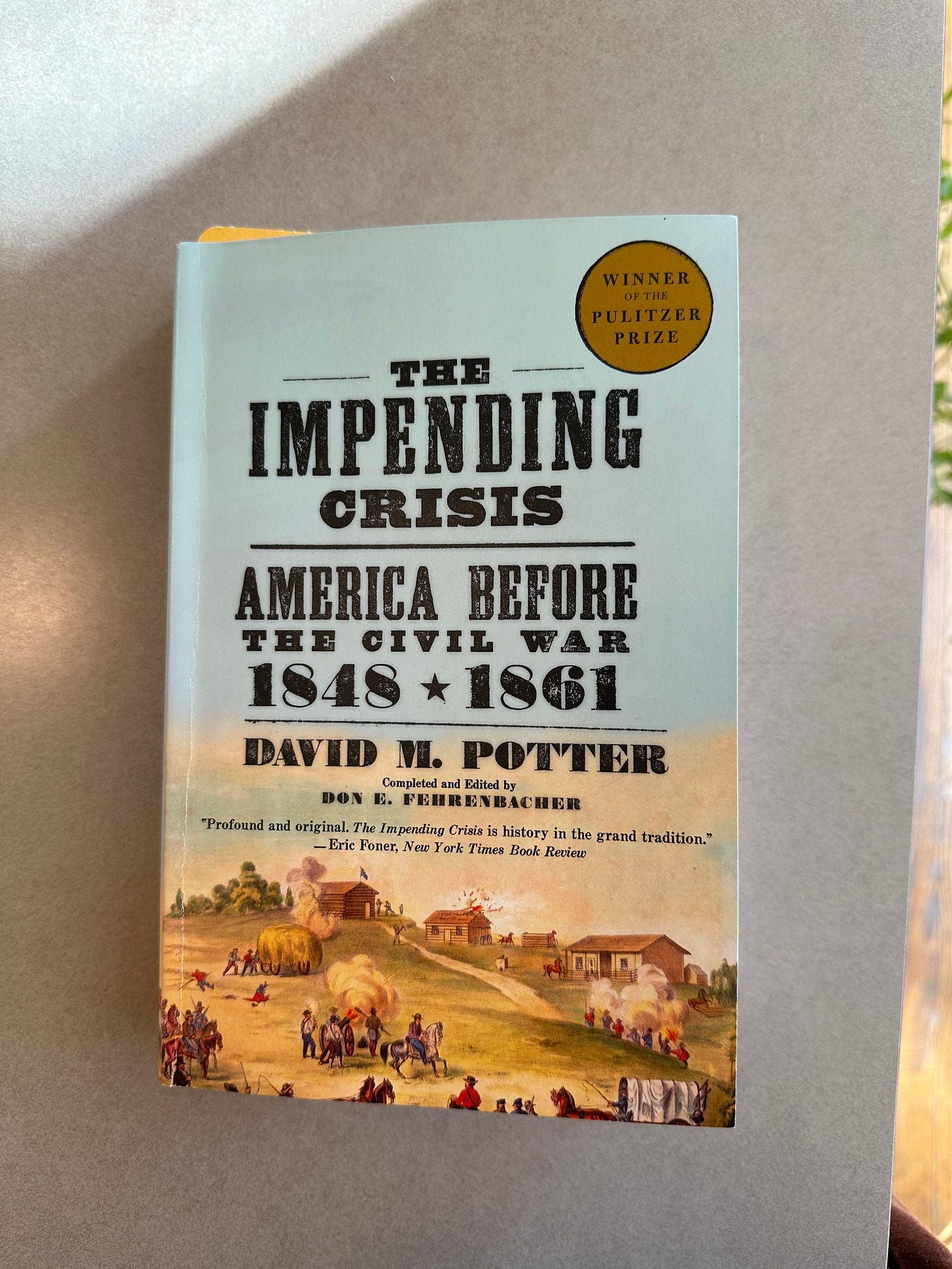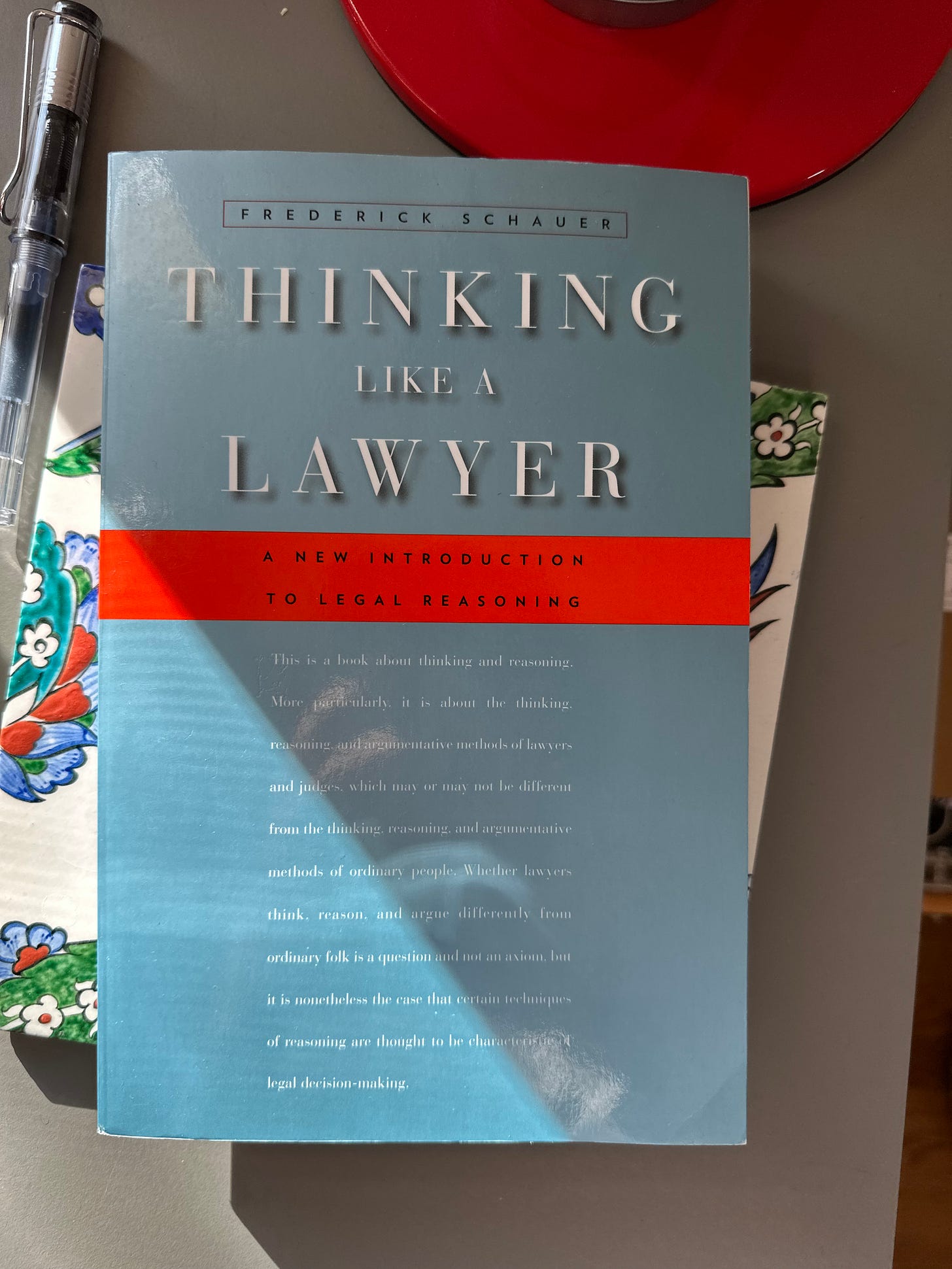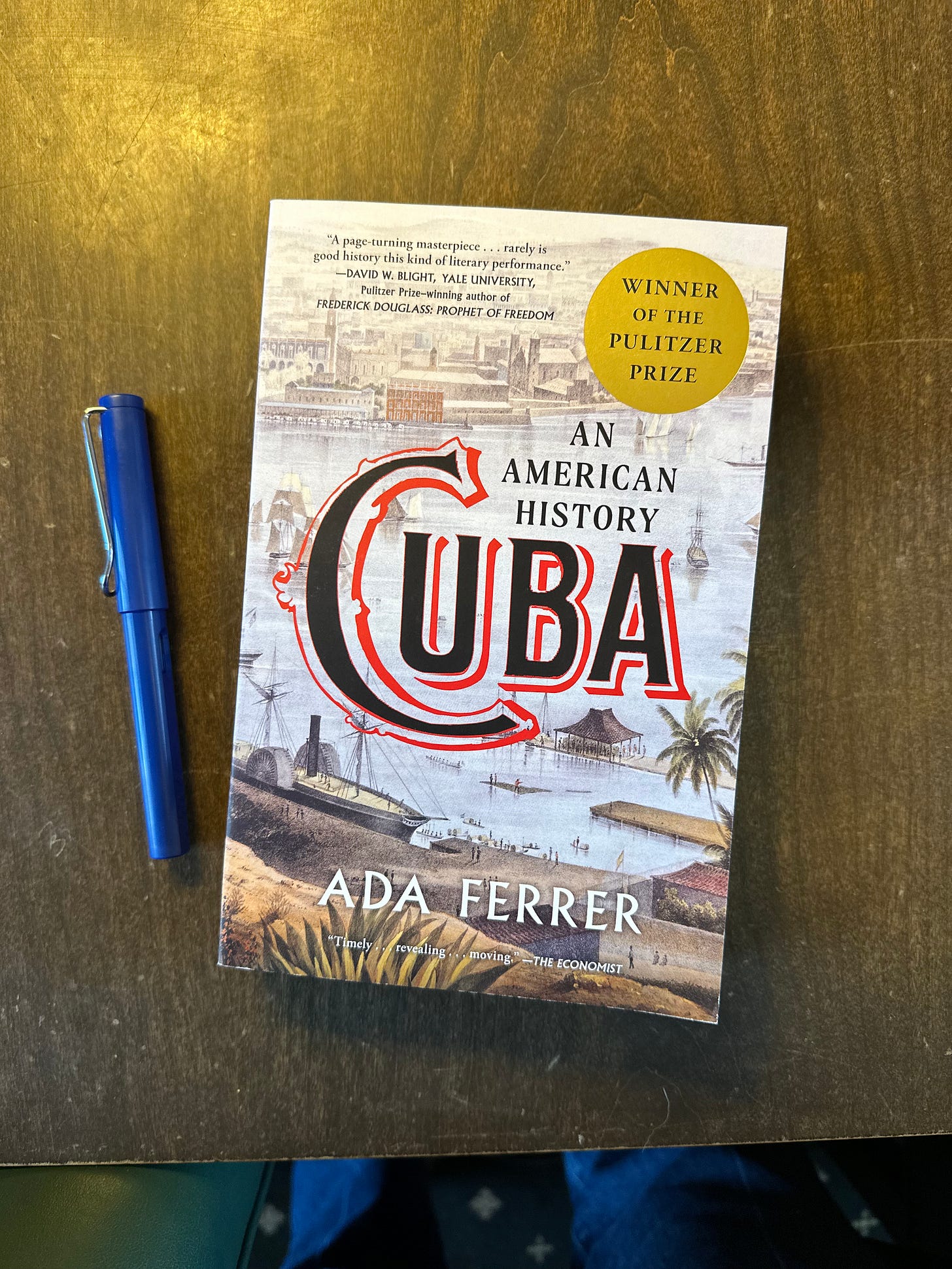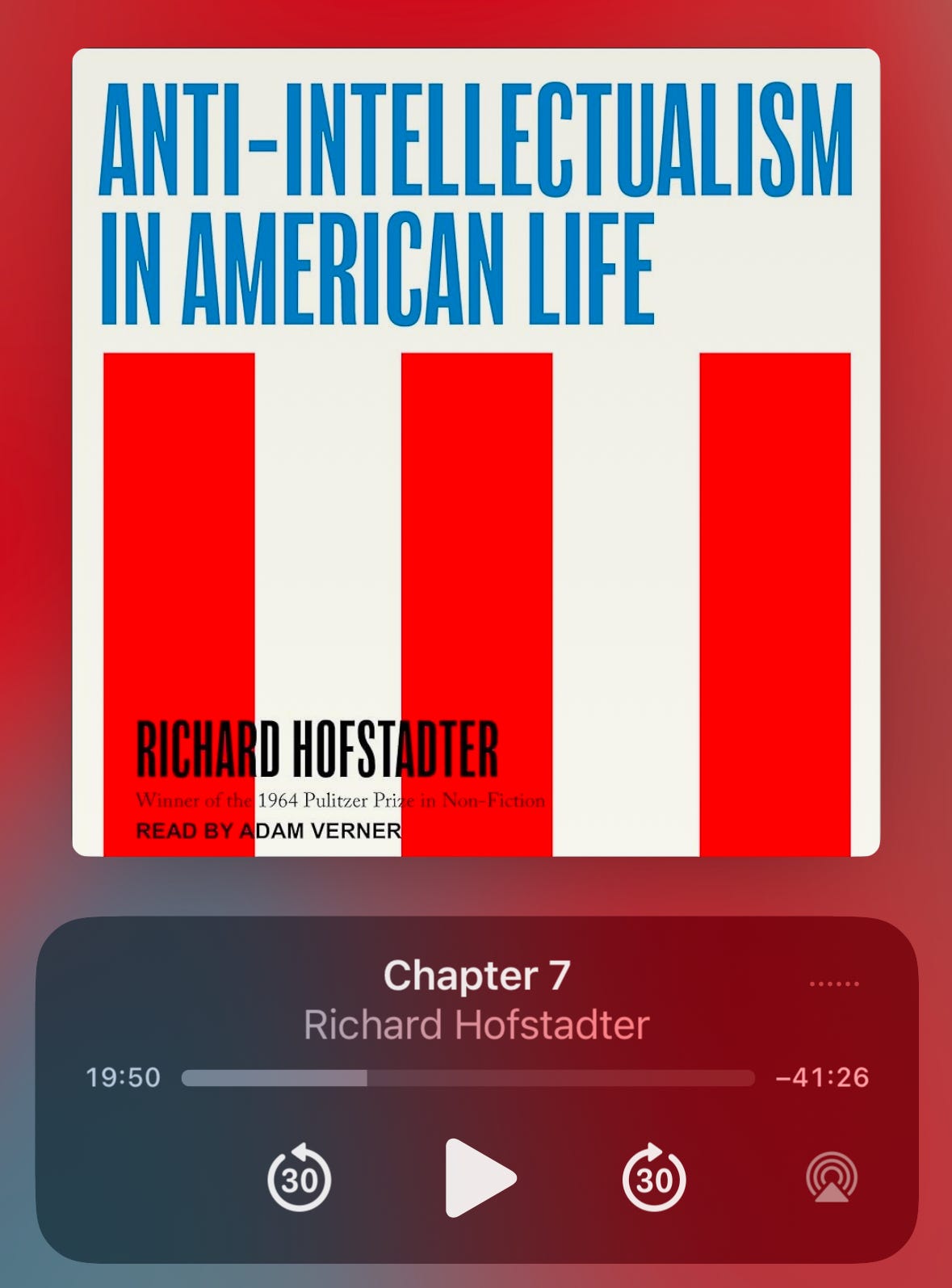One of my New Year’s resolutions was to read more. I made that a resolution because I realized that outside of things that I had to read for classes, I (embarrassingly) had not read a book for fun since middle school.
When I was in the 8th grade we had a competition in English class over who could read the most books by the end of the school year. I ended up reading 87 books that year, though I lost to my classmate Abigail who read over 120. But during high school and in college, between classwork and homework and hanging out and all the rest, my recreational reading declined, increasingly being replaced by YouTube or Instagram or Netflix.
Last semester I took a class on Abraham Lincoln’s statecraft and rhetoric with Professor Steven B. Smith. Among other things, we were assigned James McPherson’s Battle Cry of Freedom (909 pages) to read by the end of the semester. Of course, it would have been quite possible not to read the book at all, to get by with skimming here and there before lecture or section. There were no specifically assigned chapters; it was on us to read the thing on our own time. But, wanting to (a) do well in the course and (b) actually learn the subject, I resolved to read the book front to back. Which I did. As it turns out I found reading American history to be very engaging.
So when I went home over winter break, I gathered a collection of books — some given to me as gifts, some that I had resolved to read earlier but never gotten around to, and some that I had just bought — and got down to it. Here’s what I read.1
A Nation Under Our Feet by Steven Hahn.
I’d had this one on my bookshelf at home for a couple of years. Hahn chronicles the history of how Black Americans organized themselves politically from the Founding through the end of Reconstruction. During slavery, for example, yearly rituals like master-slave Christmas gift exchanges served as a symbol of benevolent paternalism for plantation owners, while slaves saw their leaders exchanging gifts with their owners as equals, if only for that one evening. The discussion of Reconstruction was particularly interesting, from the rise and fall of the multiracial “Readjuster” Republican coalition in Virginia to the Liberia movement.
The Custom of the Country by Edith Wharton and The Scarlet Letter by Nathaniel Hawthorne.
Unfortunately, I don’t have a picture of these. They’re both novels (obviously). I found both to be entertaining and enjoyable to read.
The Impending Crisis by David M. Potter
I bought this book because I thought the cover art looked nice on Amazon. So let that be a lesson: people do, in fact, judge books by their covers!
Potter covers roughly the same period that McPherson does, but he focuses much more narrowly on the slavery issue in American politics and stops at the Battle of Fort Sumter. A consistent theme is that the slavery question ends up working its way into almost every political issue of the period, from the Mexican-American War to railroad policy. Potter argues (convincingly) that the Kansas-Nebraska Act was pushed by Stephen A. Douglas to ensure that the rail line to the Pacific went through the Midwest. Another theme is that pro-slavery forces consistently overplayed their hand and burned tremendous political capital to achieve ultimately symbolic victories, while increasingly catalyzing Northern public opinion against them.
Thinking Like a Lawyer by Frederick Schauer
This one was a Christmas gift from my mother. Really interesting book that I learned a lot from. I read The Bramble Bush by Karl Llewellyn last year because Matt Levine mentioned it in Money Stuff once. I found Llewellyn’s book interesting but I did think it was a bit outdated since it’s very much directed towards Columbia Law 1Ls in the 1930s. Schauer’s book was incredibly insightful and I came away from it feeling like I learned a lot. Definitely a text I’m going to return to in the future.
Cuba: An American History by Ada Ferrer
Picked this one up because I saw it in a bookstore in New Haven. In case you can’t tell by now I’m a sucker for Pulitzer-winning histories. I was particularly interested in this one because of the role that Cuba — or rather, the potential acquisition of Cuba — played in American debates over slavery, based on McPherson and Potter’s books. This is the book I’m currently reading for fun.
An unexpected Audible boon
In the summer of 2020, while I was in high school, I did a remote internship at Audible where we learned how to code a rudimentary Alexa Skill. As part of the internship, I got a 30-day complimentary trial of Audible Premium. Except, as it turns out, it wasn’t a 30-day complimentary subscription. It was a complimentary subscription for life.
I only realized that I’ve had free Audible for the last five years this month when I finished listening to Obama’s presidential memoir (as an Apple iBooks audiobook). I’ve been getting into running — I’m running the Newport, Rhode Island half marathon in April — and I’ve found that listening to audiobooks helps me get into the zone. And without sounding like too much of a Hustle Instagram influencer, it lets me kill two birds with one stone.
So in addition to Ferrer’s book, I’ve been listening to Richard Hofstadter’s Anti-Intellectualism in American Life in the gym and on runs.
Live girlfriend reaction to the drafting of this post: “You know you could just put this on Goodreads.”






